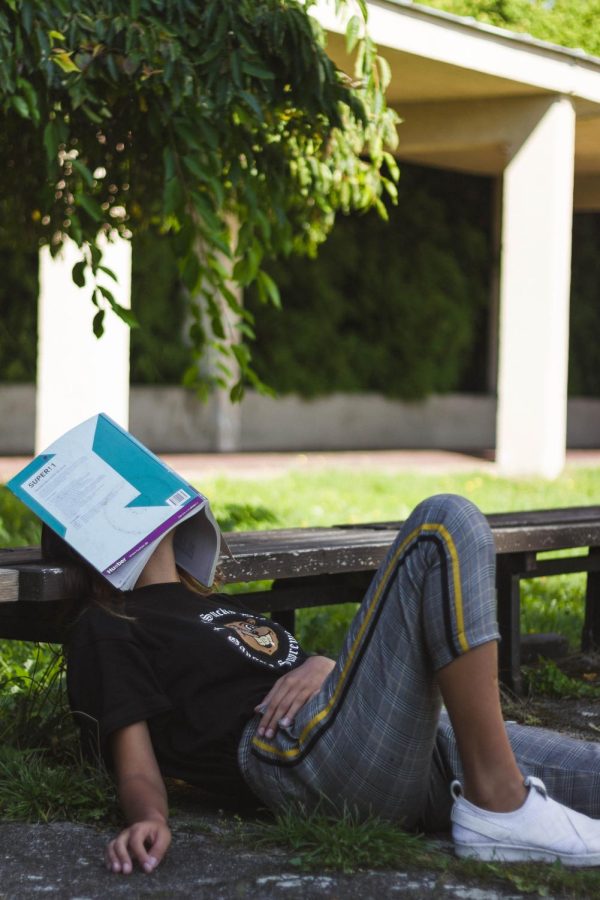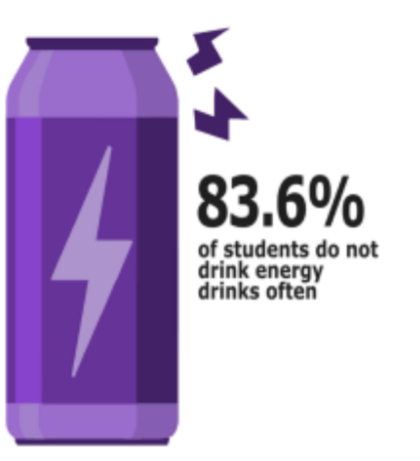Time off of school leaves breaks in learning
UNSPLASH PHOTO COURTESY OF Tony Tran
Many students feel burnt out towards the end of the school year calling attention to if their should be more breaks during the school year. https://unsplash.com/license
May 20, 2022
As the school year has settled into its final marking period, many students have found themselves struggling with burn out, holding onto the promise of summer break as a life raft amidst the stress.
While winter, spring and summer breaks serve as a time for students and staff to spend time with family relaxing and, in many cases, celebrating religious holidays, many would say that these breaks are vital for students’ and teachers’ mental health.
Child Mind, an organization dedicated to improving children’s mental health, advocates for students to have discretionary mental health days. “Just getting a day off a week, or one day off a month, can be helpful for everyone,” says Dr. Michael Enenbach, Clinical Director of Child Mind.
“We need breaks,” said English teacher Anne Kelterborn. “We need opportunities to reconnect with ourselves and what we’re passionate about so we can move forward.”
The psychiatric service Dr. Messina and Associates explains that spring and winter breaks are beneficial because they allow for mental decompression. These breaks nurture an environment where physical health can be prioritized and allow students to catch up on their out-of-school responsibilities, such as college applications for upperclassmen.
As breaks allow for these well-needed periods of rest, some feel that there should be more implemented in the school year. Students taking classes in semesters opposite of each other feel that their counterpart may have received more break time than they did, as the first semester features both Thanksgiving and winter break while the second semester only has spring break. As such, some students feel at a disadvantage over their counterparts.
While Principal James Gleason understands the sentiment behind school breaks in-between marking periods to compensate, he explains that such an idea would be impossible.
“You do have to provide balance for the teachers to cover their curriculum,” Gleason said. “Breaks have always been right around religious holidays.”
Diving straight into a new marking period less than 24 hours after completing midterms can be a draining and unmotivating process. Not only do students deserve a day to reset and collect themselves, but Kelterborn says that teachers would strongly benefit from a day to grade assessments and establish new lesson plans.
“It’s really hard to go back to school after having stressful midterms,” said freshman Madison Demaree of Ocean Township. “I think breaks give students more motivation to study.”
Kelterborn agreed, suggesting a day free from classes directly following the end of exams.
“It gives teachers time to assess the exams and or prepare for the next group of students they’re getting,” Kelterborn said. “It also gives students time to recharge after taking the exams.”
School breaks are not only helpful for students hoping to catch a break from seemingly endless assignments, they’re vital for maintaining mental clarity and improving general health.















